
Around 12 years ago, during my studies in Textile Art and Design at Vilnius Academy of Art, I discovered the craft of handweaving. The ancient technique immediately formed a profound connection with me, from the rhythmic sounds of the shafts going up and down to the meditative process where the body seamlessly connects with the mind.
WEAVING
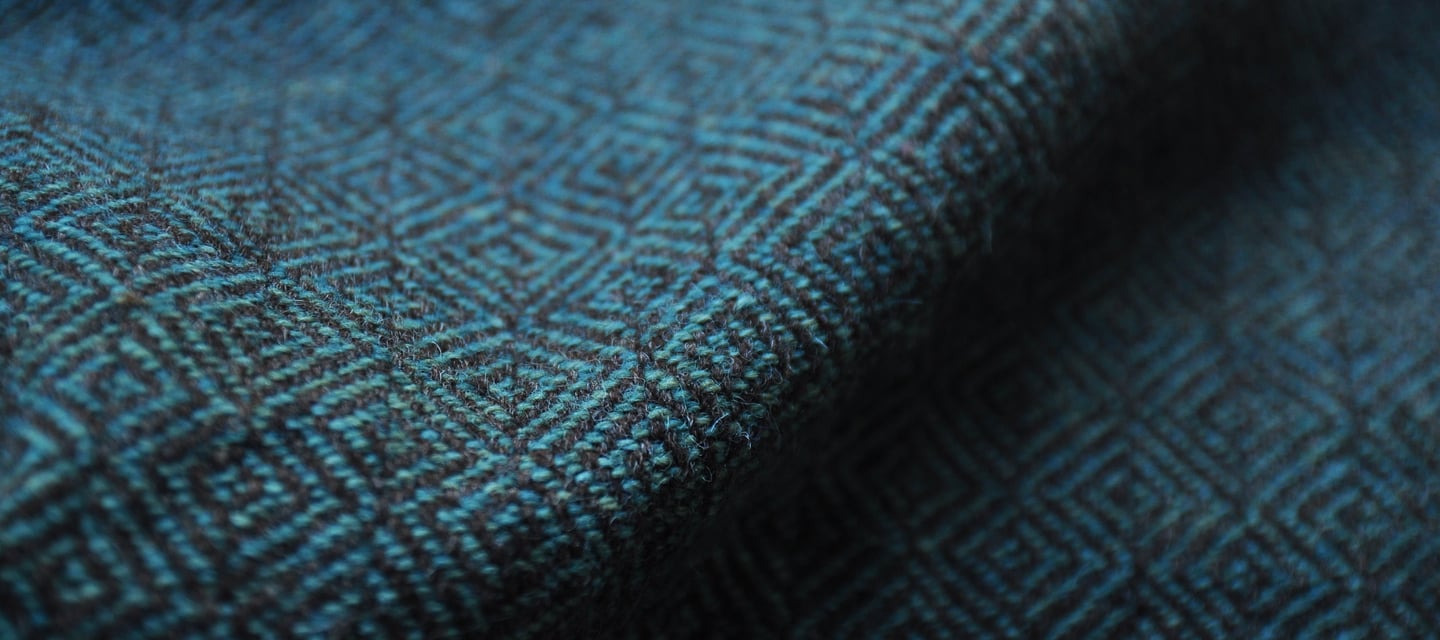

Indigo balls. Raminta Beržanskytė. 2019
It is truly remarkable to be part of an art that has evolved over thousands of years, and I'm delighted to see that more people are recognizing the value of handwoven items and their intersection with cultures worldwide.
For me, as for many others, environmental concerns sparked a renewed interest in the traditional craft. We turned our gaze back to the past, seeking sustainable creative methods that are natural, biodegradable, and carry a deeper meaning. Handweaving has become a means not only to create beautiful textiles but also to contribute to a more sustainable and mindful approach to textile design.
A few years after delving into weaving, I discovered a medieval reenactment movement that focuses on recreating lifestyles and archaeological objects from centuries past, sometimes dating back over a millennium. The idea of being in touch with the past and our ancestors adds layers of meaning and inspiration to my work. Since then, I've been weaving woolen fabrics dyed with plants, and my customers use them to create historical reenactment clothing, particularly for Baltic tribes. Witnessing people don my handwoven creations in museums, educational settings, and a wide array of events is truly rewarding, connecting the present with the rich history.

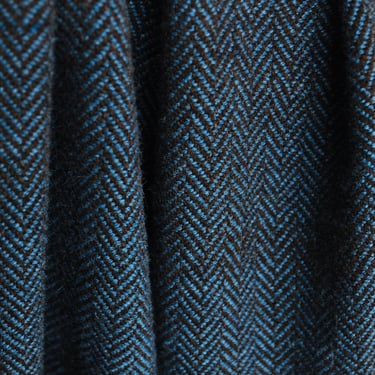
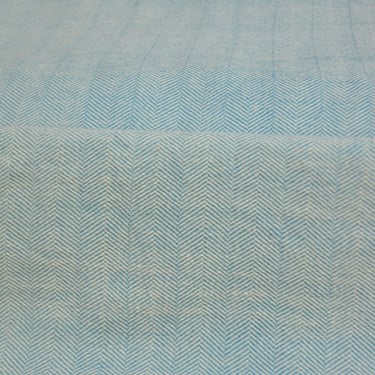


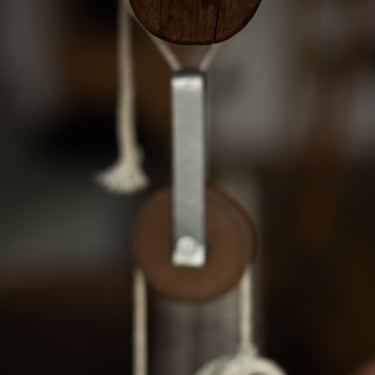

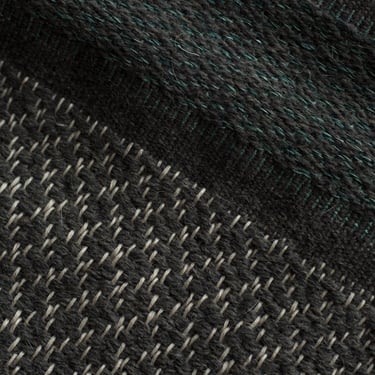
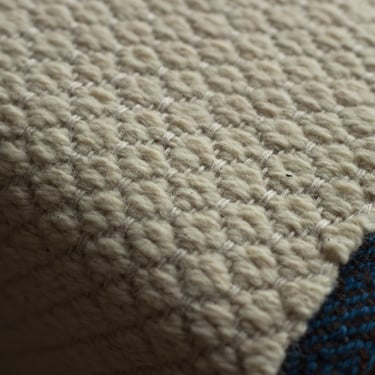

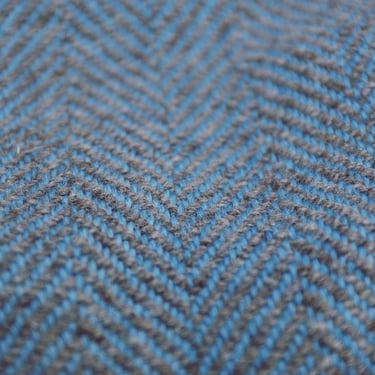
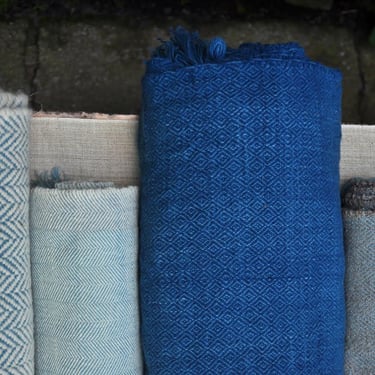
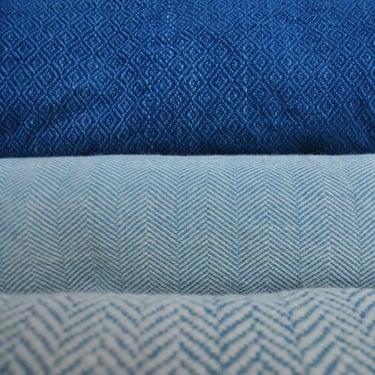

Photos by Robertas Pledas and Raminta Beržanskytė
© Forests & Meadows 2024
Vilnius, Lithuania
LT-08200
hello@forestsandmeadows.com